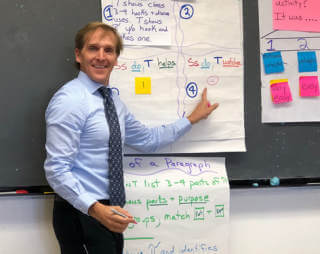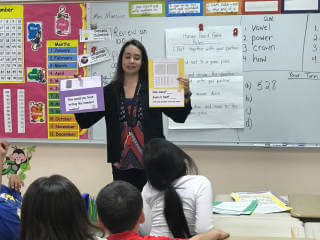SIOP* encourages teachers to pay attention to how they explain tasks to their students. This is one of the most challenging aspects of teaching and often the least attended to. How well teachers explain academic tasks has a direct impact on how well students can accomplish them. TESOL Trainers shows teachers how to master the skill of clearly explaining academic tasks.

As both teachers and students know, explaining tasks is more than just reading a set of instructions. After all, giving (and receiving) directions can be deceitfully difficult. This feature falls under the SIOP component Comprehensible Input for a good reason: effectively explaining how to complete a task requires making it comprehensible.
Teachers know this is challenging because every teacher has explained a task (seemingly thoroughly) only to find that students are confused as to what they need to do. Every teacher has told students to "begin" only to discover the majority of them don't know where to begin or how to proceed. Giving clear instructions is harder than it appears.
There are a number of challenges teachers face when it comes to giving clear instructions.

Giving clear instructions are so important to the success of an academic task. The clearer we are the more able our students will be to achieve success. The more successful they are the more risks they will be willing to take. The success of an activity begins with the clarity of instructions.
Making content comprehensible is essential. Giving clear instructions is the most effective way to get the most out of every academic task. Clear instructions increase student confidence and competence. While there are many challenges to giving clear instructions, there are many strategies that teachers can use to overcome these challenges. The more successful students are when they complete a task the more willing they will be to engage more in all aspects of our instruction.
Please contact us for detailed information on how we can help your educational institution set all teachers and learners up for success.

TESOL Trainers is an education consulting company operating around the world with K-12 schools and institutions of higher education. Their main goal is to support excellence in teaching and learning through professional development, peer coaching, metacognitive mastery, and other support tools that lead to teaching and learning transformation.
John Kongsvik, the director of TESOL Trainers, is a master in the principles of experiential learning and uses interactive, innovative approaches that inspire educators to change.
Click the button below to claim your free ebook and join our mailing list.